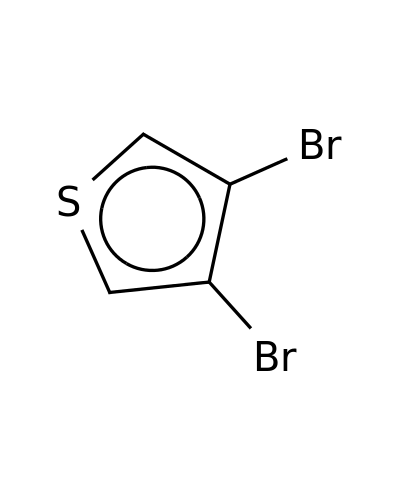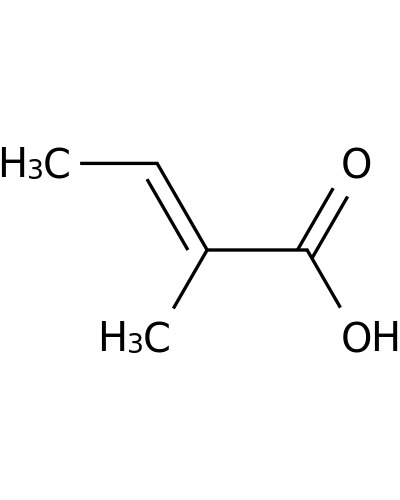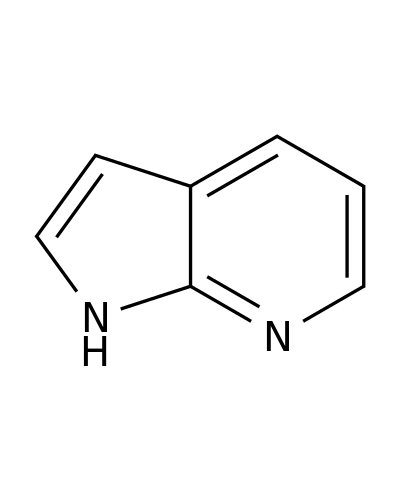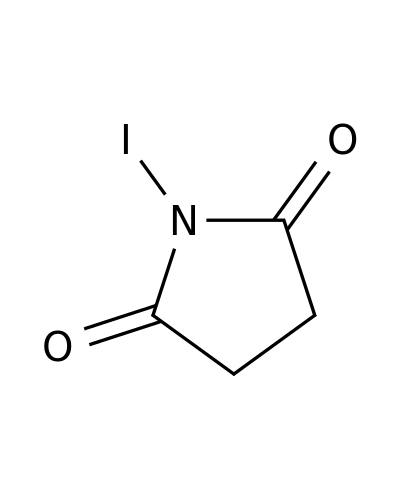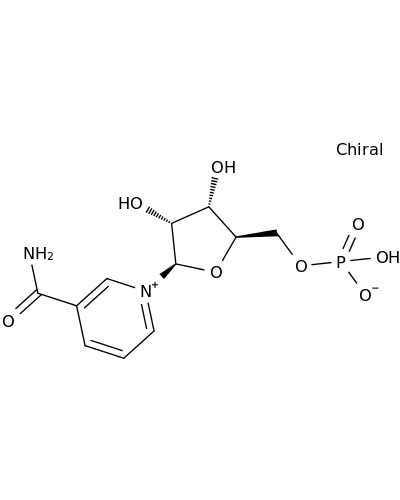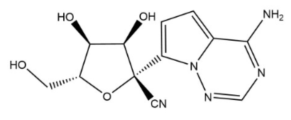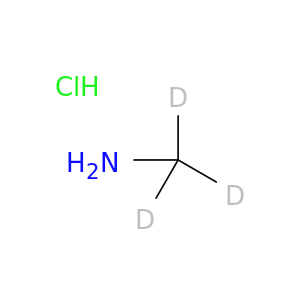

320,000 Research Chemicals From One Trusted Source
Building Blocks, Catalysts, Inhidbitors & Agonists and more

Accelerate Your Research with Angene Building Blocks
Comprehensive Product Portfolio. Efficient & Cost Effective
Our product lines include boronic acids, PEG linkers, label compounds, imidazoles, indoles and oxindoles, anlines, nitrobenzenes, tetrahydropyrans, thiazoles, pyrroles, pyridlines and carboxylic acids.

Worldwide shipping by FedEx, DHL and UPS. Delivering to over 80 countries in 3-5 days.

Search and order from one single source substantially increases research efficiency.

Products available from mg-kg scales. Discounts available on bulk quantities.

Striving for 100% customer satisfaction by providing high quality products and services.
JOIN OTHER CHEMISTS
Let chemists spend more time on science.
In-Stock
Catalog Compounds
Angene catalog includes over 250,000 unique research compounds immediately available from stock in 1 g to 100 g quantities.
Angene is a one-stop-shop for all your research chemical needs.
Shop Now
Custom Synthesis
Angene offers world class chemical synthesis service from miligram to kilogram scale at competitive price.
2,326 projects completed in 2020.
- Multistep organic synthesis
- Asymmetric synthesis using chiral auxiliary, catalysis and resolution techniques
- Synthesis of organoelemental compounds
- Hydrogenation
- Peptide synthesis
Product Categories
Over 320,000 compounds available in different pack sizes. Bulk quantities available upon request.
Amino Acids
Amino acids are the building blocks of peptides and proteins. All amino acids contain an amine group, a carboxylic acid group, and a side-chain that varies for each amino acid. The side chains differ in polarity and pKa and are important to both protein structure and function.
Boronic Acids
Boronic acid is a stable and generally a non-toxic group that is easily synthesized and, due to these features, can be used in several synthetic reactions including metal-catalyzed processes such as Suzuki–Miyaura reaction, acid catalysis, asymmetric synthesis of amino acids, and hydroboration.
Chiral Compounds
Chiral molecules show left and right-handed nature in the sense that the molecules may exist as mirror-image forms that cannot be made to overlap by any amount of rotation.
Fluorinated Compounds
Fluorine is the most electronegative of all the elements, and forms very strong bonds to carbon and most other elements. Its small atomic radius enables replacement of one or more hydrogen atoms in an organic structure by fluorine with relatively little steric impact, but often with a profound influence on the stability, biological availability and activity of the resulting molecule. Elemental fluorine is one of the most chemically reactive substances known, which, along with the high toxicity of both fluorine and hydrogen fluoride, and their incompatibility with common materials, including glass, necessitate highly specialized equipment and techniques for reactions in which they are involved. Direct fluorination of a pre-existing organic structure with either F2 or HF may thus appear daunting to the non-specialist.
Heterocyclic Compounds
Heterocyclic compounds are frequently used in organic synthesis. Many of the heterocyclic scaffolds have been identified as a privileged structure in medicinal chemistry and are prevalent in a variety of pharmacologically active synthetic and natural compounds. Most chemical reaction design planning starts from these commercially available heterocyclic building blocks.
Labeled Compounds
Stable isotopically labeled compounds are non-radioactive chemical substances where one or more element within a compound has been substituted for its stable isotope. Common stable isotopes used in research include 2H (Deuterium or D), 13C, 15N and 18O.
Pyridines
Pyridine is the basic heterocyclic compound of the azine kind. Pyridine is derived from benzene through replacement of the CH group by the N-atom. Pyridine and picolines are employed as bases, scavengers, catalysts, as well as solvents for chemical reactions.
PEG Linkers
Polyethylene glycol is a biologically inert, non-immunogenic chemical that confers greater water solubility to proteins, labeling tags and crosslinkers with which it is incorporated as constituent chemical group. PEG linkers are widely used in pharmaceutical and biotech R&D due to their aqueous solubility and non-immunogenicity.

